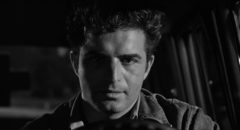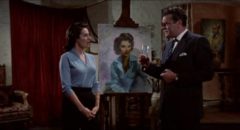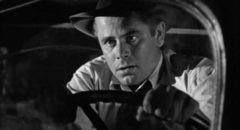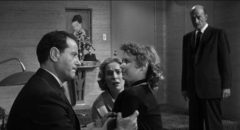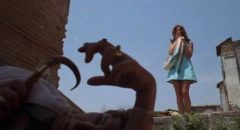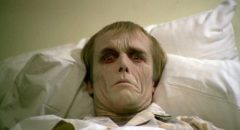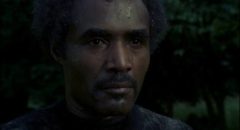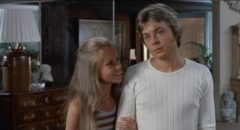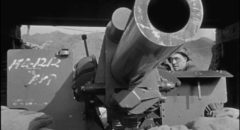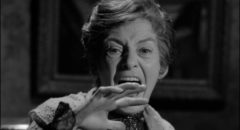
Indicator’s sixth box set of Hammer movies, Night Shadows, is a bit of a mixed bag, with a silly but entertaining Old Dark House throwback in John Gilling’s The Shadow of the Cat (1961), an overwrought psycho thriller in Freddie Francis’ Nightmare (1964), a historical adventure in Peter Graham Scott’s Captain Clegg (1962), and a pseudo-Gothic horror in Terence Fisher’s The Phantom of the Opera (1962).
